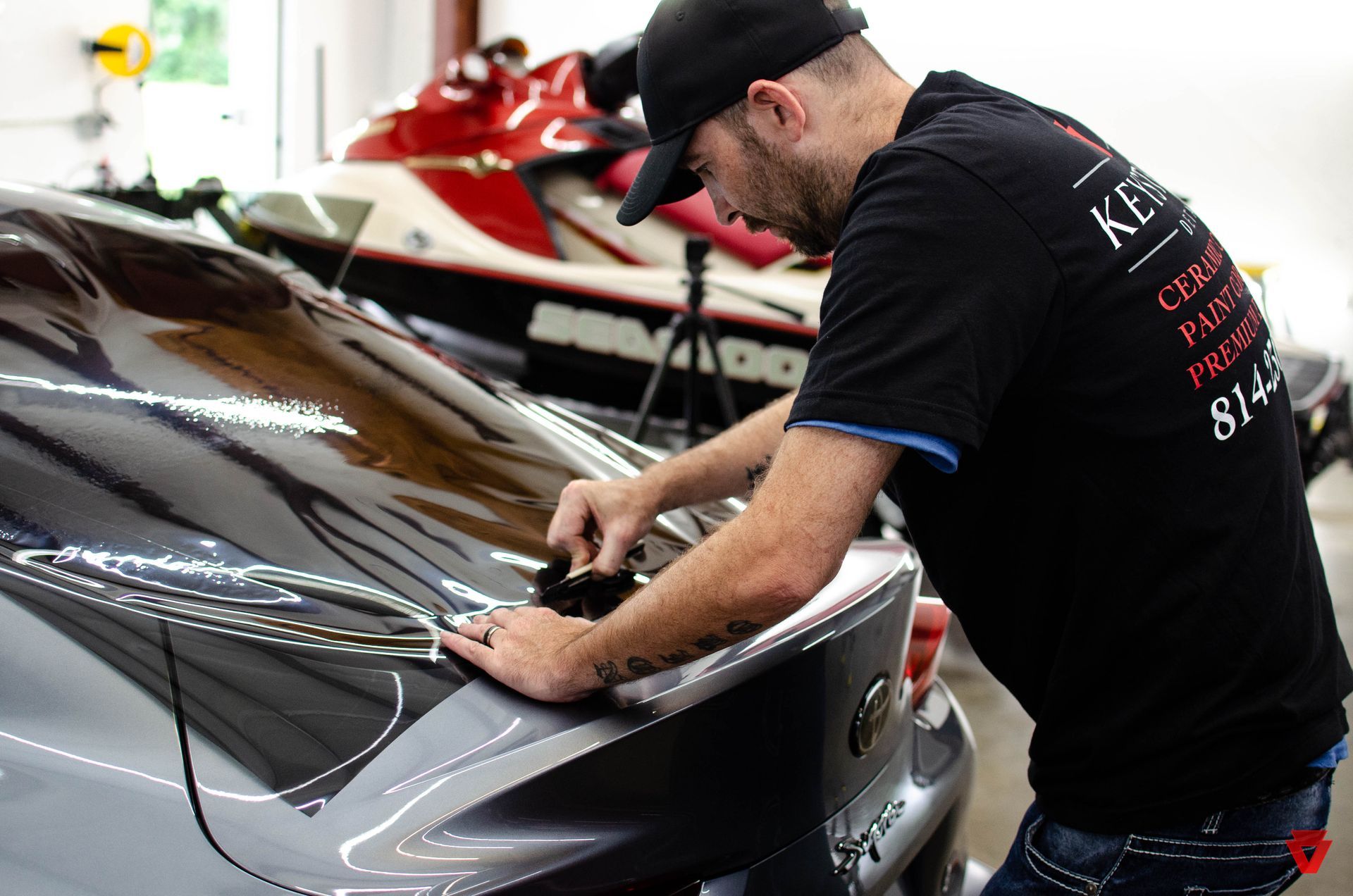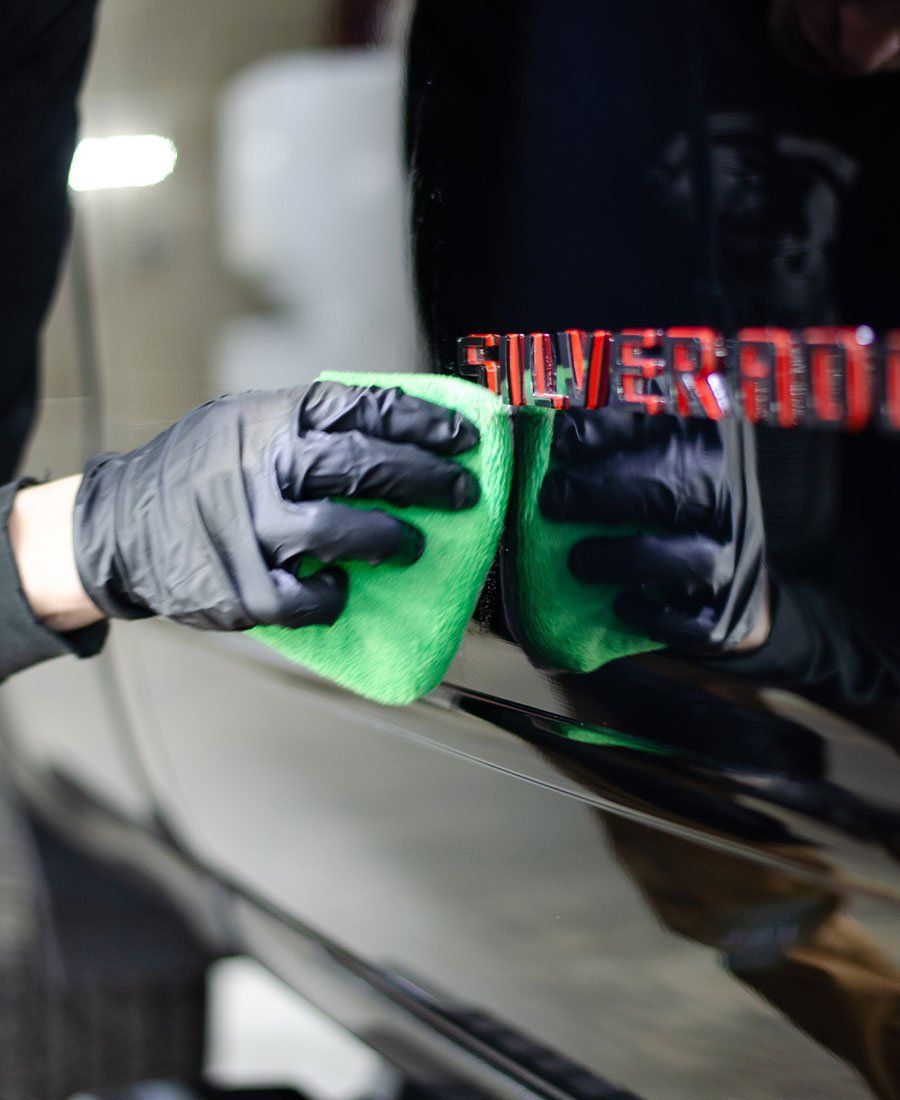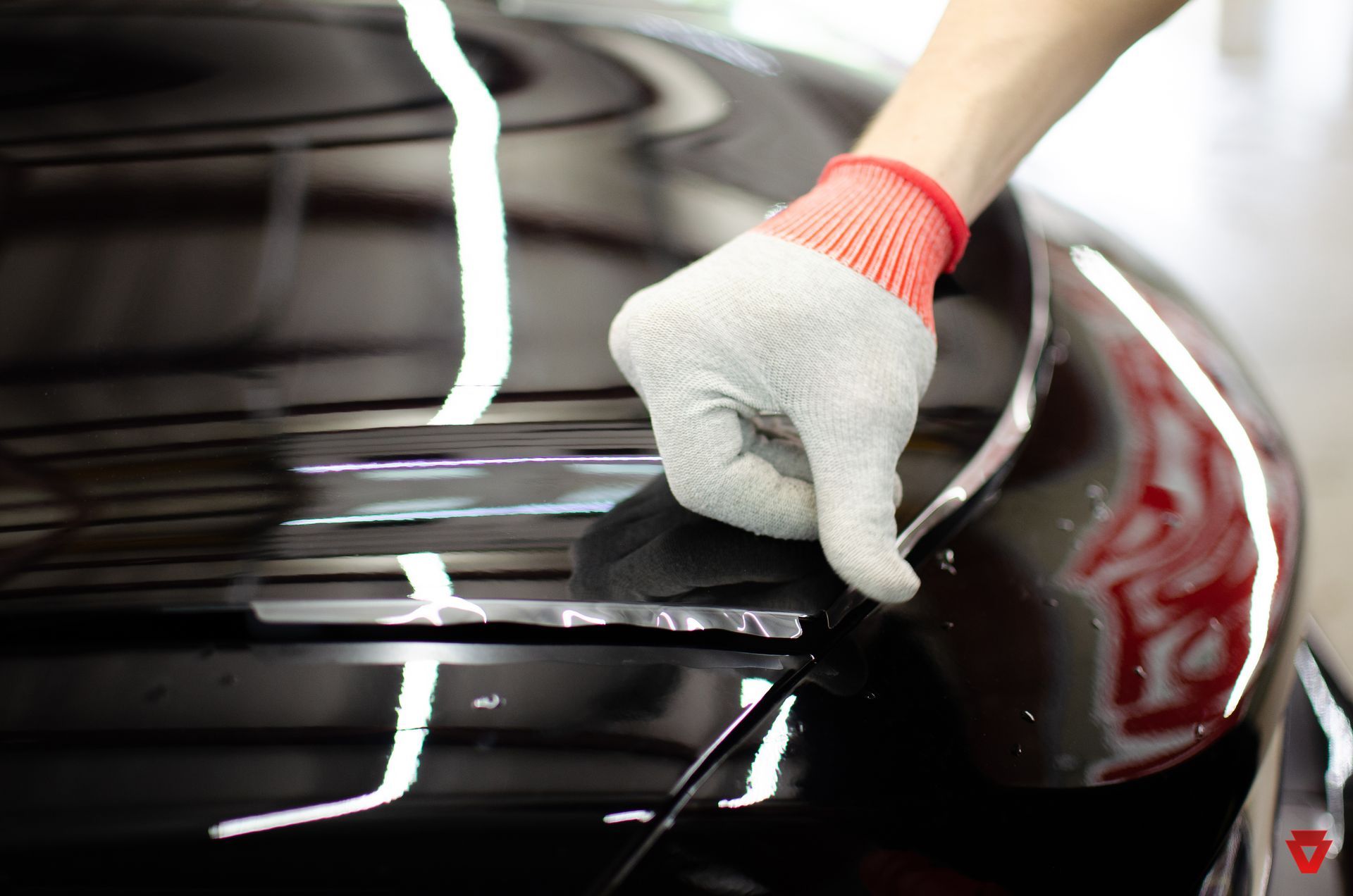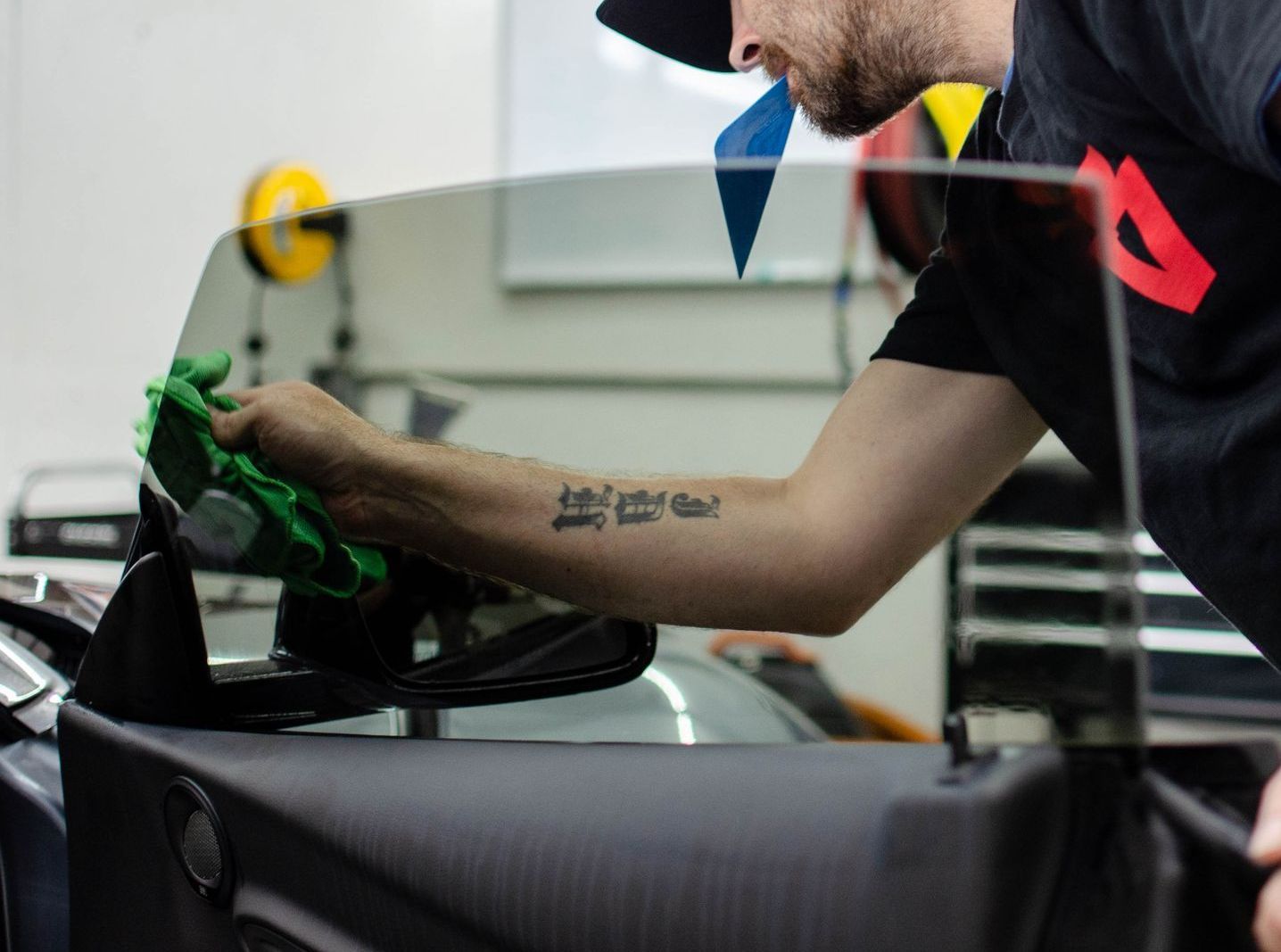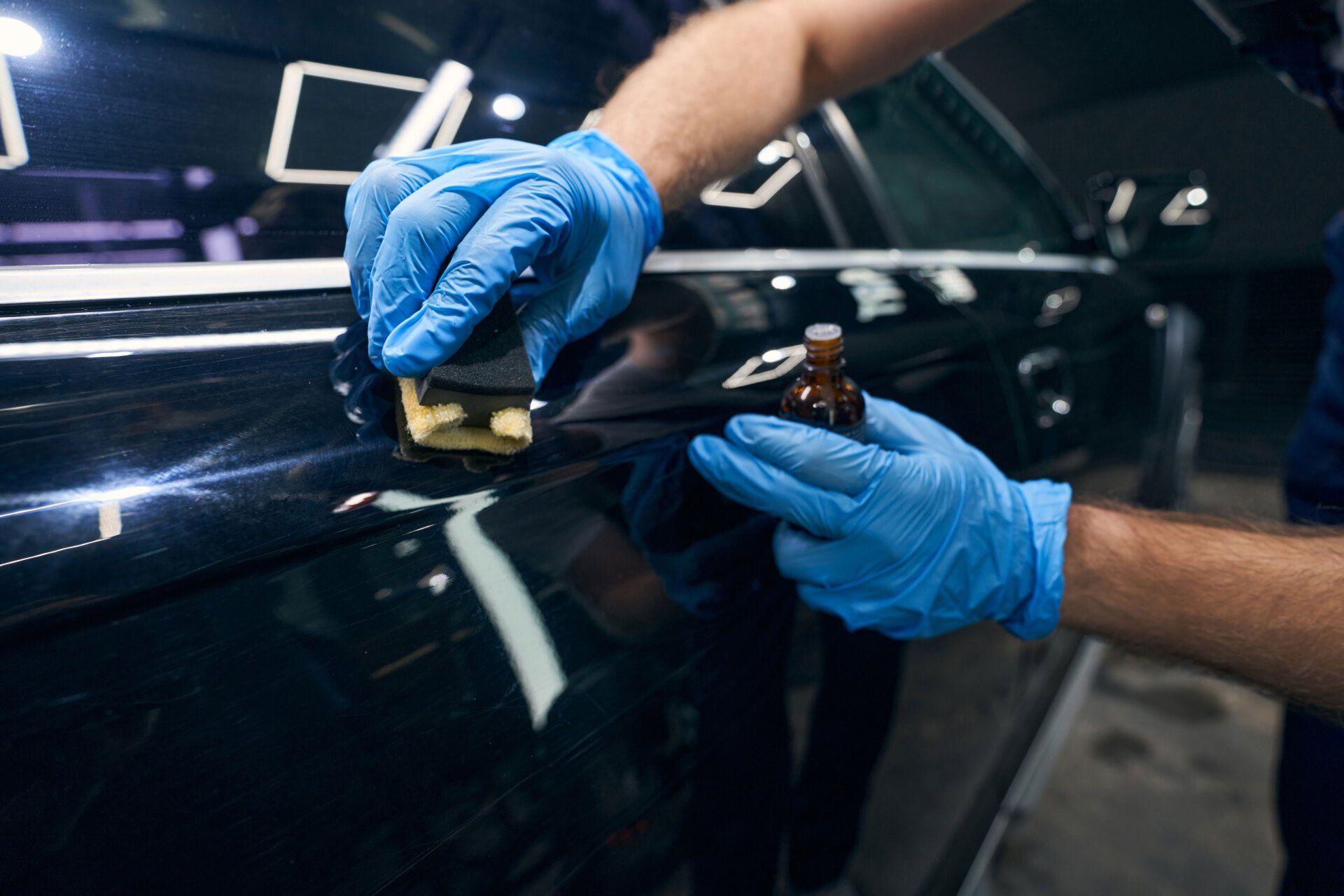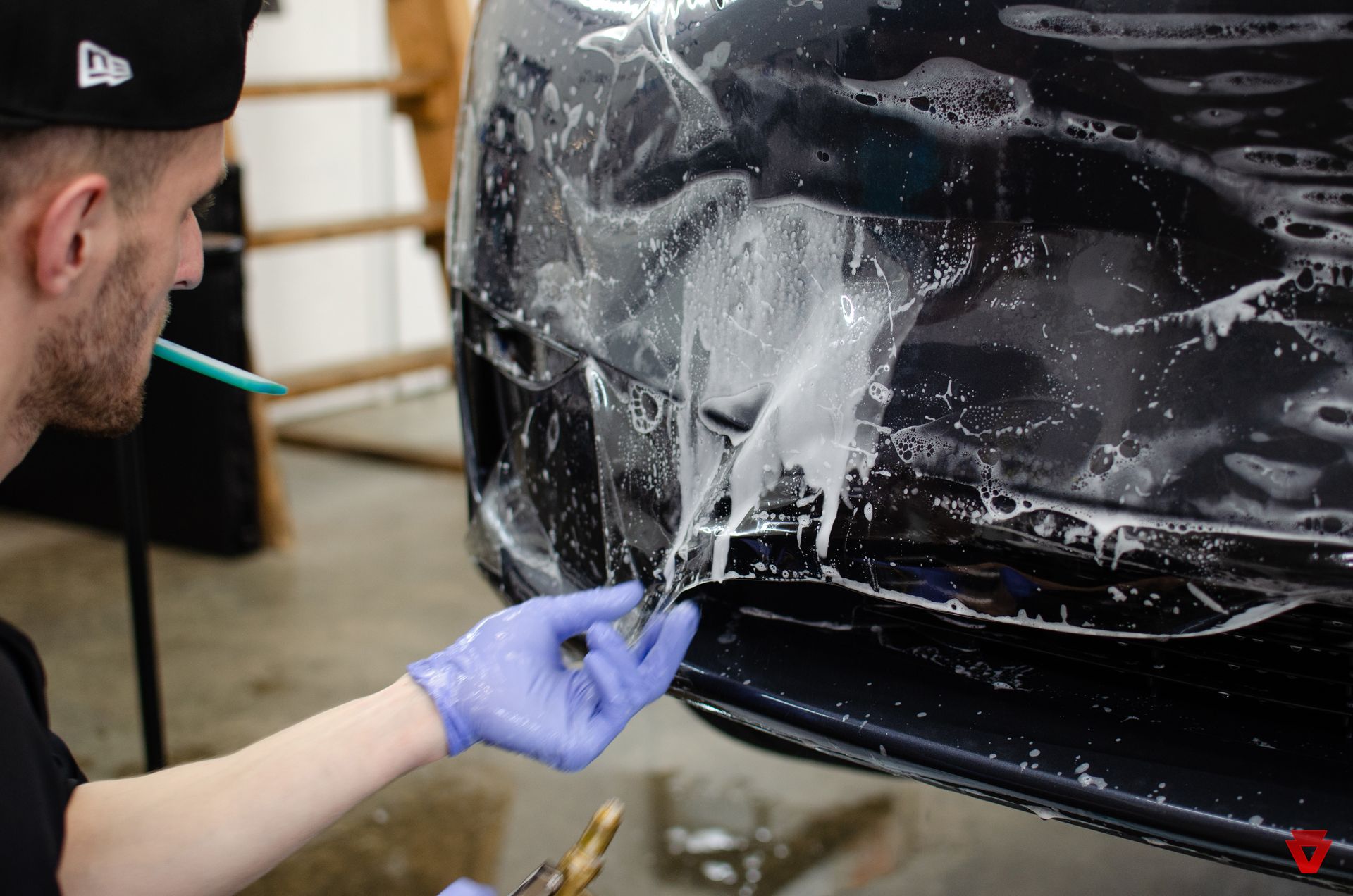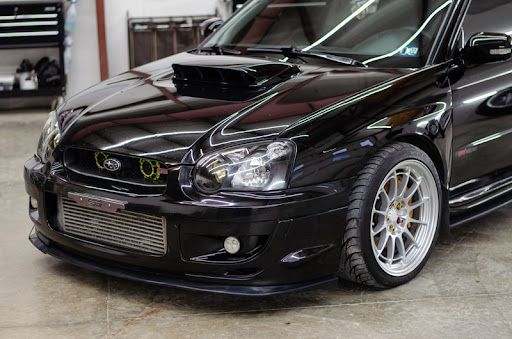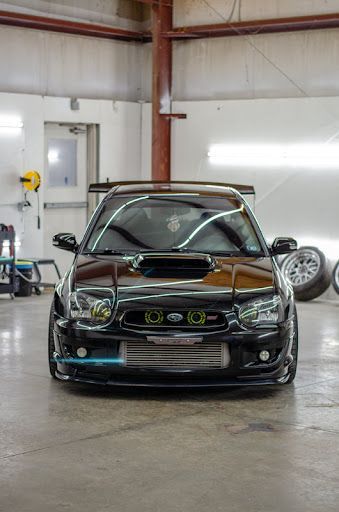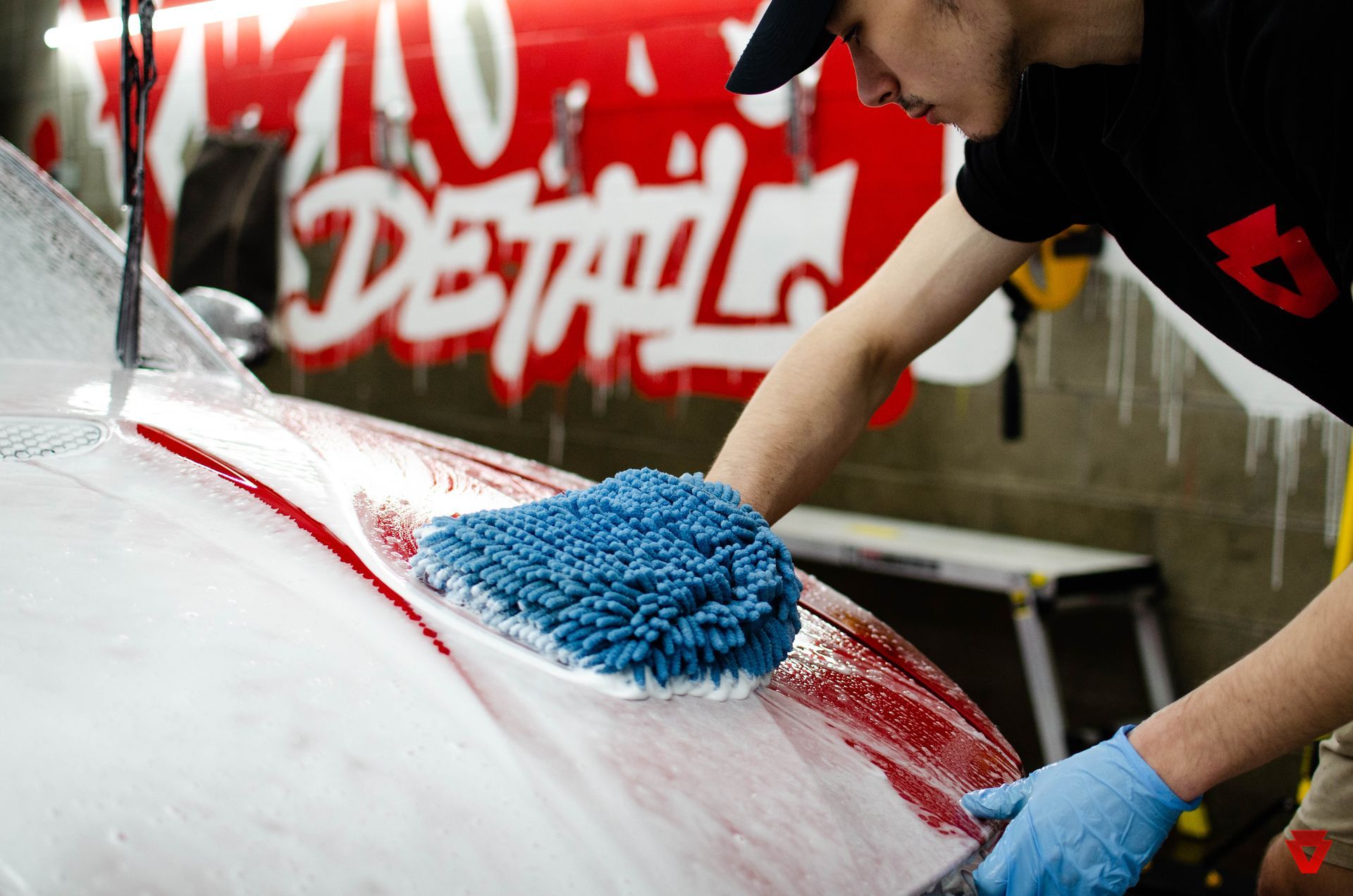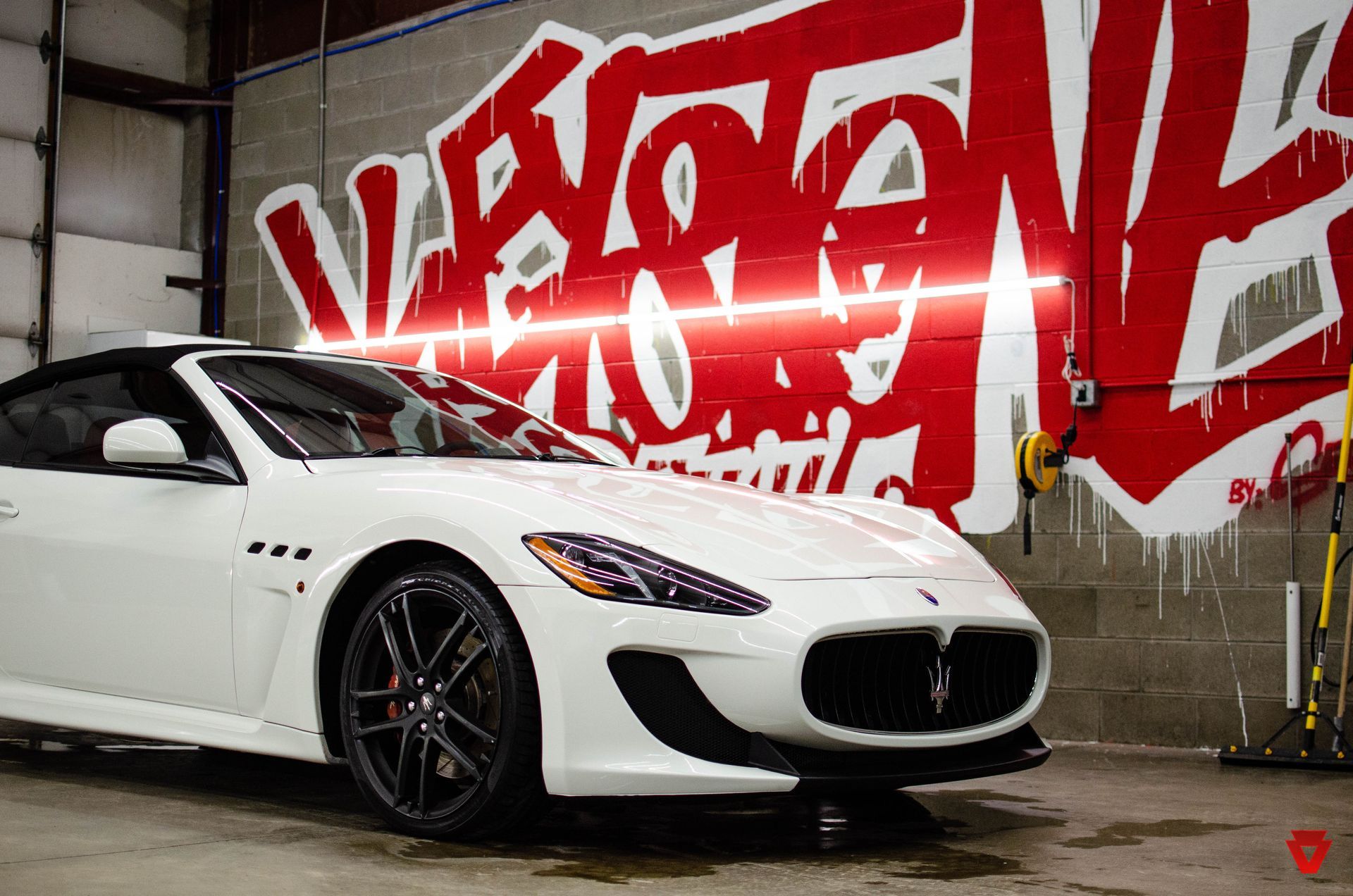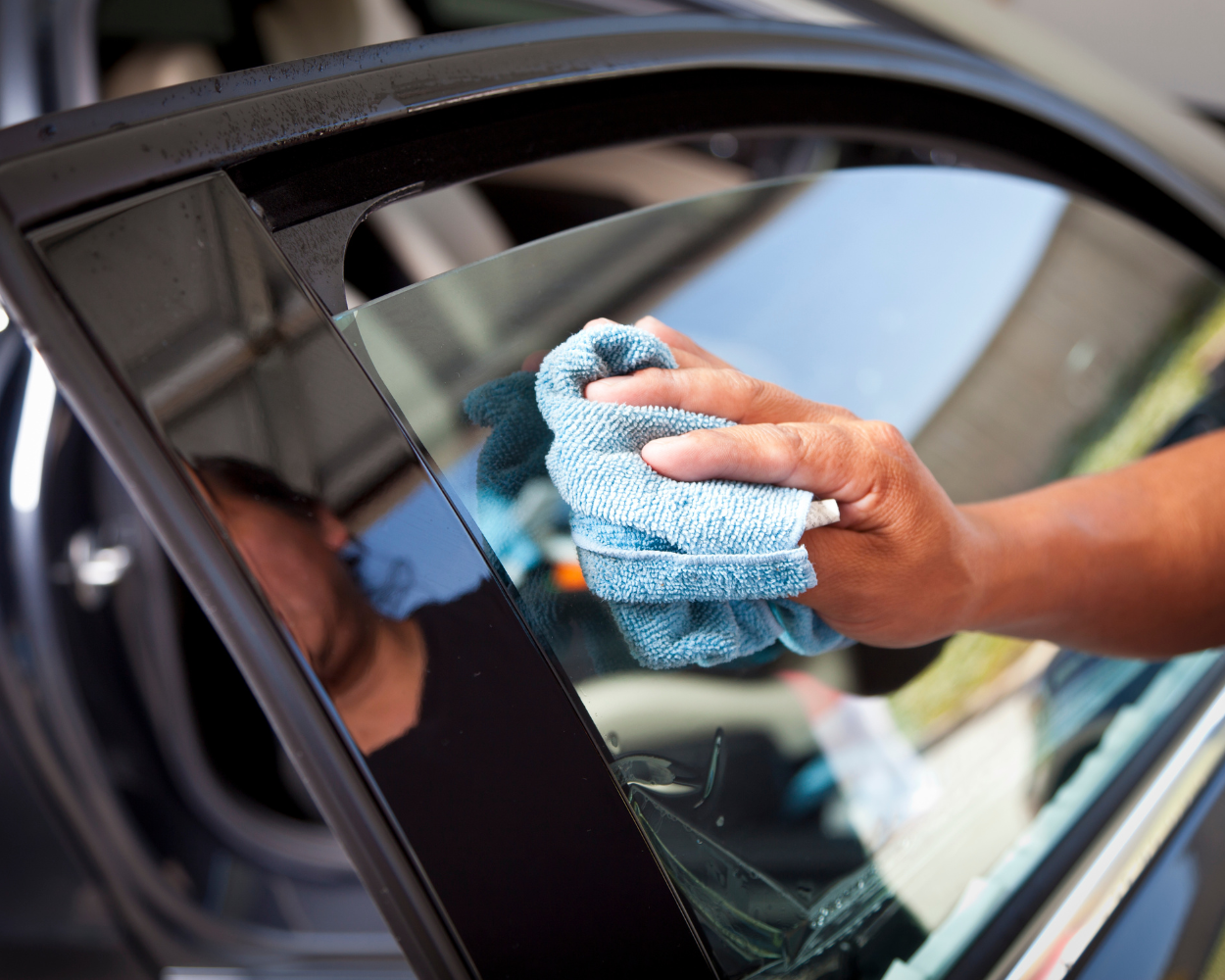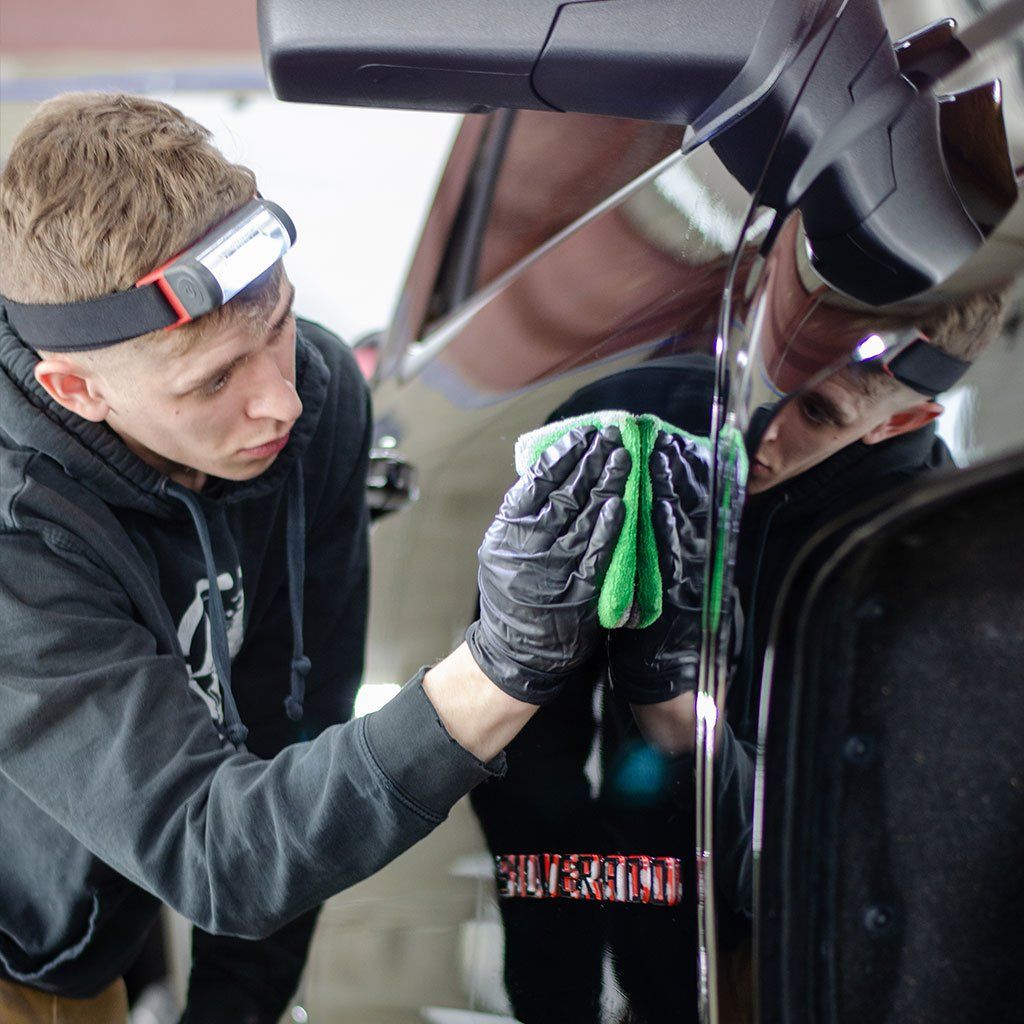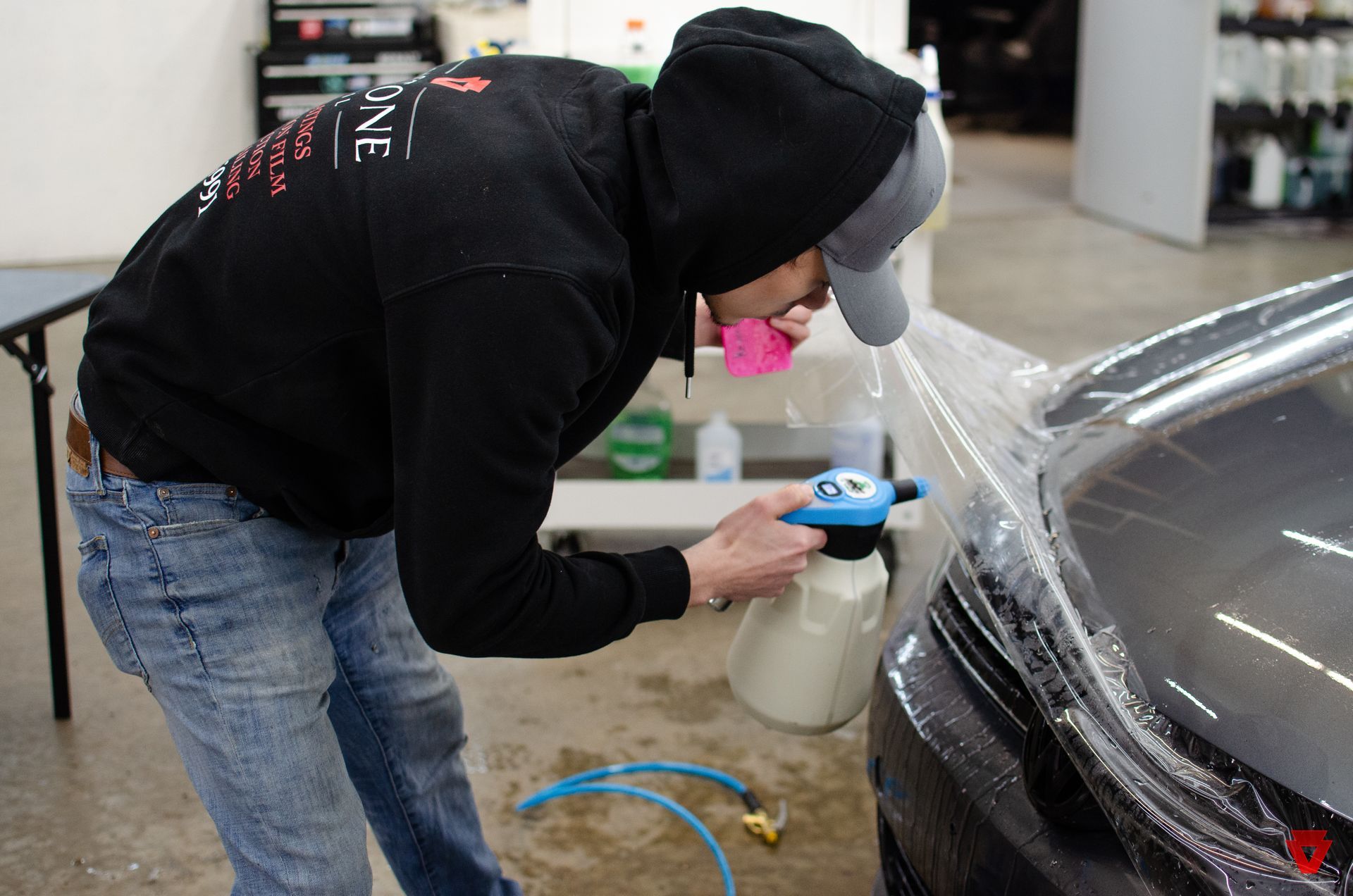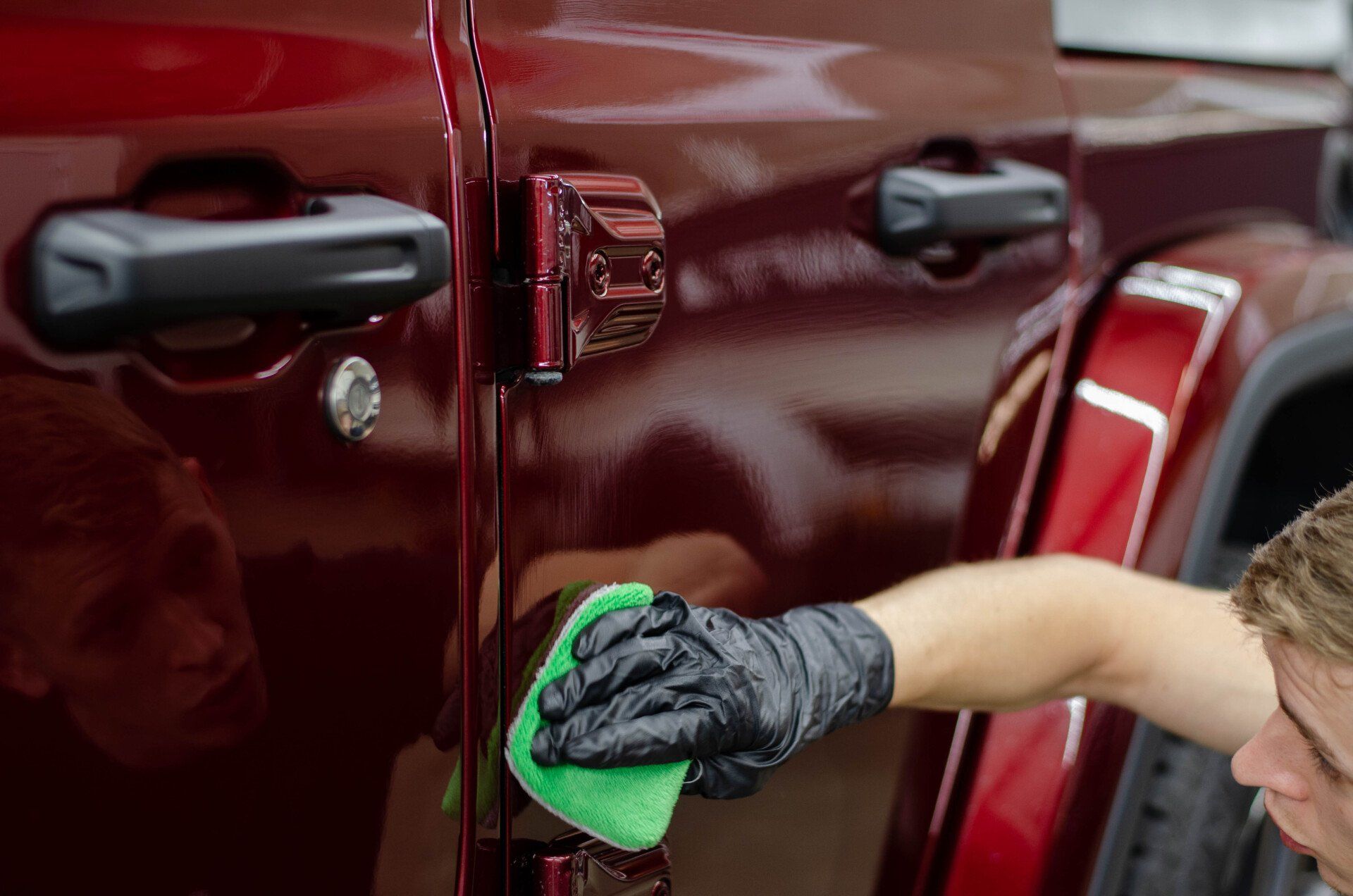The Ultimate Guide to Detailing Your Vehicle for Seasonal Changes
Detailing your vehicle for each season is key to its longevity. It protects against damage from varying weather conditions, which are inevitable with time. You might not know that each season requires a unique approach to detailing, such as applying sealant or ceramic coating to protect your car's paint during hot summers or using anti-freeze agents in your washer fluid tank for harsh winters. Now, let's delve into how to care for your car with the onset of spring and summer.
When preparing your vehicle for seasonal changes, it's essential to thoroughly wash the exterior to remove any residue or damage accumulated during the previous season. Additionally, applying a protective wax or availing long-term protection with a ceramic coating can shield the paint from UV rays, bird droppings, and tree sap during the upcoming months. Finally, don't forget to pay attention to interior cleaning to ensure a comfortable and well-maintained driving experience.
Preparing Your Vehicle for Seasonal Change
As the seasons change, so do the conditions under which your vehicle operates. Whether it's the freezing temperatures and road salt in winter or the intense heat and UV rays in summer, your vehicle goes through a lot. By giving your vehicle the attention and care it needs before each season, you can prevent weather-related damage and keep it looking and performing at its best.
One of the crucial aspects of preparing your vehicle for seasonal changes is ensuring that its exterior is properly protected. For example, spring weather brings rain showers and pollen, which can have a detrimental effect on your car’s paintwork. Applying a protective wax or ceramic coating before spring sets in will safeguard the finish from the damaging effects of environmental elements, preserving its shine. Moreover, regardless of the season, ensuring that your car's interior is cleaned regularly is essential for comfort and overall maintenance. Over time, dust, dirt, and debris can accumulate on surfaces, affecting the air quality inside the vehicle. Additionally, taking steps to protect the interior from harmful UV rays during the summer months can prevent the fading and cracking of upholstery.
Spring and Summer Detailing Essentials
As the temperature rises and nature blooms, it's time to give your vehicle the attention it deserves for the spring and summer seasons. Here's what you need to focus on to keep your car looking fresh and protected from seasonal hazards:
- Washing Away Winter Residue: After enduring the harsh conditions of winter, your vehicle likely bears the remnants of salt residue and pollen. Thoroughly washing your car is essential to eliminating these remnants. Using a gentle car shampoo and plenty of water, start from the top and work your way down, ensuring every nook and cranny is cleansed of winter debris. This not only restores the shine but also prevents any potential damage caused by prolonged exposure to salt.
- UV Protection and Pest Control: With the sun shining brightly during spring and summer, extended exposure to UV rays can cause the fading and deterioration of your car's paintwork and interior. Therefore, applying a protective wax or sealant after washing acts as a barrier against UV rays. At Keystone Detail, we recommend ceramic coating applications for long-term protection. This protective layer helps safeguard against bird droppings, tree sap, and insect remnants that are more prevalent during these seasons.
- Mindful Restoration: For restoration, utilizing an appropriate cleaner designed to remove tree sap or pest excretions is crucial. This prevents any potential damage while preserving the immaculate appearance of your vehicle. By taking these steps, you’re not just enhancing your car's aesthetic appeal but also investing in its longevity by protecting it from environmental harm. Incorporating these detailing essentials into your maintenance routine will significantly contribute toward keeping your vehicle in prime condition throughout the spring and summer months.
Exterior Cleaning Materials for Spring and Summer
Spring and summer present their own unique challenges for your vehicle's exterior. The sun is shining, pollen fills the air, and those pesky birds seem determined to leave their mark on your car. But with the right cleaning materials, you can keep your car looking fresh and protected from the elements.
- pH-Neutral Car Shampoo: To start off, you'll need a high-quality pH-neutral car shampoo. This might sound technical, but all it means is that the soap won't harm the paint or strip away any wax, sealant, or ceramic coating you have on there. Using a pH-neutral shampoo ensures that your paintwork stays in top condition while effectively removing dirt and grime. It's like giving your car a gentle yet thorough bath.
- Microfiber Wash Mitts: Next up, consider microfiber wash mitts—soft, plush mitts that are perfect for gently scrubbing away dirt without scratching the paint. They're super absorbent and trap dirt particles in their fibers, preventing them from causing any scratches on your vehicle’s paintwork. These gentle cleaners work diligently to keep your car spotless.
- Detailing Clay: This remarkable product works like magic to remove contaminants from your paintwork. Although it may look like regular clay, it's specially formulated to pick up stubborn bits of dirt that regular washing can't remove. By using detailing clay along with a lubricant, you can achieve that smooth, glassy finish on your car's exterior. These exterior cleaning materials provide a solid foundation for keeping your car sparkling and well-protected during spring and summer.
Opt for Interior Protection Products in Summer
As the sun shines brighter and longer, it's not just us who need protection from the heat—your car's interior is also at risk. The intense UV rays can cause your dashboard, seats, and other interior surfaces to crack, fade, and dry out over time. To avoid unnecessary wear and tear, you need to equip yourself with the right interior protection products to keep your car's interior looking and feeling fresh.
What are these interior protection products? Well, they're specialized cleaners and dressings designed to shield and maintain various parts of your car's interior. From dashboard protectants to leather treatments, these products provide a layer of defense against the harmful effects of the sun. When selecting these products, it's important to consider their ability to block UV rays effectively, as well as their capacity to nourish and revitalize different types of surfaces—whether they're made of plastic, rubber, or leather. For instance, a quality dashboard protectant will not only shield your dashboard from sun damage but also give it a subtle shine without leaving behind a greasy residue.
During the summer, interior protection products like interior ceramic coating for plastic, rubber, and leather surfaces can prevent cracking and drying out due to prolonged sun exposure. If you have leather seats in your vehicle, using a dedicated leather treatment is crucial. Leather treatments ensure that the material remains supple, smooth, and free from cracks caused by excessive dryness. These products typically contain conditioning agents that penetrate deep into the leather fibers, keeping them soft and vibrant. Now, you might be wondering about fabric seating and carpets. Well, interior ceramic coatings can protect them too! They guard against stains and help repel liquids (think accidental spills or pet accidents). This is especially handy during the warmer months, when we tend to spend more time outdoors and may inadvertently bring dirt and debris inside our cars.
By investing in these specific interior protection products, like ceramic coatings for your vehicle’s interior, you're not just maintaining your car's appearance; you're also safeguarding its resale value. A well-preserved interior enhances the overall appeal of your vehicle if you decide to sell it in the future. With these care tips in mind, you can enjoy a pristine and well-protected interior even through the hottest summer days.
Fall and Winter Detailing Strategy
As fall arrives, we witness a picturesque change in colors. However, it also brings an influx of leaves, grime, and mud onto our roads, exposing our vehicles to more than just rain and sunshine. This necessitates an adjustment in our detailing routine to accommodate the seasonal changes.
During the fall season, the average temperature drops by 10-20°F. This exposes vehicle surfaces to cooler temperatures that can affect their condition. With the increase in road salt and de-icing chemicals by 30-50%, vehicles face higher risks of corrosion and staining. Snow and ice storms occurring 2-3 times per month further amplify the need for cleaning and maintenance. To address the unique challenges presented by fall weather conditions, focusing on clearing leaves, grime, and mud should be a priority during your fall detailing regimen. Leaves can accumulate in hard-to-reach areas around the body panels and undercarriage, potentially leading to debris buildup and causing harm over time. An illustrative scenario is where fallen leaves have gathered around your windshield wipers or in front of air intake vents. If not cleared regularly, these can result in clogged drainage points and accelerated corrosion—impairing visibility and damaging vital components of your vehicle.
As we transition into winter, a different set of detailing concerns arise. Winter detailing often focuses on clearing off potential hazards such as salt residue from the roads and interior cleaning due to longer exposure to heating systems. Since there are 3-4 hours less daylight in winter, scheduling robust cleaning sessions when visibility is good becomes even more crucial. With the increased use of salt to clear icy roads in winter, vehicles are prone to six times the normal rate of undercarriage corrosion. The salt can eat away at the metal components under your vehicle. Moreover, if left unchecked, it will lead to rusting, which is potentially dangerous if left unaddressed. In light of this elevated risk for undercarriage corrosion during the winter months, car owners need to be attentive to their vehicles' undercarriage care. Employing effective cleaning techniques and protective coating applications tailored for winter conditions can significantly mitigate corrosion risks.
By tailoring your detailing efforts according to the unique challenges posed by the fall and winter seasons—ranging from clearing leaves and grime to addressing undercarriage care, you can ensure year-round protection for your vehicle against diverse environmental factors.
Importance of Vehicle Covering in Winter
When the colder months set in, the conditions your car is exposed to become harsher. Snow, ice, and freezing temperatures can wreak havoc on your vehicle's exterior, leading to potential damage such as rust and corrosion. Using a vehicle cover helps shield your car from these elements, acting as an effective barrier against the harsh winter conditions. A well-fitted car cover not only provides protection from the snow and ice but also guards against the corrosive effects of road salt. By minimizing direct exposure to these corrosive agents, a quality cover can significantly reduce the risk of rust formation on metal components like the body, undercarriage, and other sensitive areas.
Beyond preventing corrosion, a car cover also shields your vehicle’s paintwork from deterioration caused by freeze-thaw cycles. The repeated expansion and contraction of frozen water on your car can lead to cracking or fading of the paint job. By keeping your car covered when not in use, you're safeguarding its exterior appearance and preserving its value. It's similar to how we bundle up warmly with coats and scarves in the cold weather to protect ourselves from the elements. Your car needs that same kind of protection too! Before you put on a cover, make sure your car's exterior is clean to prevent any dirt or debris from causing scratches when you put on or remove the cover. The use of a vehicle cover might seem like a small detail, but it can make a significant difference in preserving your car’s condition during the challenging winter season.
Year-Round Vehicle Upkeep
Your vehicle is a reliable companion as you navigate through life's adventures, so it's important to take care of it in every season. Regular detailing throughout the year isn't just about keeping your car clean; it's about preserving its structural integrity and safeguarding it from the diverse challenges presented by different times of the year. From scorching summers to icy winters, your vehicle withstands a gamut of environmental conditions that can impact its appearance and functionality. Ensuring year-round protection involves proactive measures tailored to each specific season.
- Spring: Perform thorough wash and protective wax or ceramic coating to address salt residue and pollen from winter.
- Summer: Invest in protection against UV rays, bird droppings, and tree sap. A ceramic coating or paint protection film is recommended.
- Fall: Ensure to clear off potential hazards like leaves and grime to prepare for winter. A professional detailer can help.
- Winter: Prioritize interior cleaning, addressing the accumulation of snow, road salt, and grime in heated indoor spaces.
By customizing the care routine to the demands of each season, you not only protect your vehicle but also ensure its longevity and maintain its resale value. Understanding the unique environment-related challenges each season brings empowers you to provide tailored protection for your vehicle throughout the year. Moreover, regular detailing allows you to uncover surface flaws early on and address any areas prone to corrosion or damage due to environmental factors. Frequent inspections give you an opportunity to spot imperfections and handle them promptly before they escalate into costly issues. It's essentially a preventative measure that can save you time and money in the long run!
Seeking Professional Detailing Service Advice
Sometimes, our cars need a little extra TLC that we can't quite provide on our own. This is where professional detailing services come in. These experts know all the ins and outs of car care, and they can give us valuable tips on how to protect our vehicles as the seasons change. From preparing for harsh winters to preserving the shine during scorching summers, professional detailers have the knowledge and experience to guide us through it all.
One of the best things about consulting with professional detailers is their ability to customize their care to match seasonal changes. For instance, in winter, they might focus on protecting your car from road salt and ice, while in summer, they might pay closer attention to preserving the paint from UV rays. Their expertise can also extend to more specialized areas, such as interior leather protection or applying ceramic coatings for long-lasting paint protection. These are sometimes complex processes that require specific skills and tools that may be best left to the professionals.
Let's say it's fall and you're expecting a harsh winter ahead. A professional detailer might recommend a protective sealant for your car's exterior to shield it from snow and salt damage. They could also suggest a thorough cleaning underneath your vehicle to remove potentially corrosive substances that accumulate during the winter months. In spring, they might advise a deep cleaning to rid your vehicle of built-up grime accumulated over the winter. They could also guide you through which products or techniques to use on your car's interior surfaces to prevent any damage caused by excessive humidity. Ultimately, seeking advice from professional detailing services offers specialized care and insights tailored specifically to each season, ensuring your vehicle is well-protected year-round!
Professional Vehicle Detailing Services in Waterford, PA
Transform your vehicle with Keystone Detail, the premier provider of
professional vehicle detailing services in Waterford, PA. Our expert team is dedicated to restoring your car’s brilliance, inside and out, with meticulous attention to detail and the finest quality products. Whether you need a professional detailing service with our interior and exterior detailing, paint protection film service, or ceramic coating service, we deliver unparalleled results that exceed expectations. Don’t let your vehicle settle for less; experience the ultimate in car care with Keystone Detail. Contact us today to schedule your appointment and drive with pride!
Call us at (814) 230-6991!
